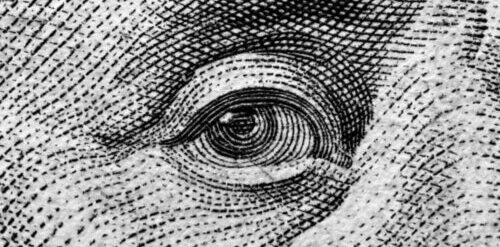Who owns a firm? The shareholders who forward capital or the managers who run the firm?
One is concerned with the longevity of returns over time. The other short term returns to maximise profit. This is the beginning of the agency principal theory.
The dilemma exists in that the managers, or agents, have the ability to make decisions on behalf of the principle, the shareholders. The theory further states that the agent may potentially act in a way that is motivated by their desires and or goals.
The agency theory was first described in the 1970s by Stephen Ross and Barry Mitnick.
At its very core, it can be simplified by describing how a manager or employee extracts value from a firm. Managers and employees extract value from monthly salaries. These salaries are short-term recognition for working towards a firm’s goal. There is no upside to an increase in the firm’s stock value to them. Of course, share-based schemes and bonuses linked to share prices are the exceptions. This lack of a connection between remuneration and wealth creation is what creates the agency gap. Managers are then driven to short-term profit targets. By maximising these, they extract value in terms of annual increases and incentive-based bonuses.
An owner or shareholder extracts value from their investment into a firm by way of a sale of shares. When selling, they are hopeful that their share price is above what they initially paid for it and therefore they earn a return on that investment. To them, profit can be pointless if the value of the firm has not increased. It is important to note that increasing profits is just one way in which firm value increases.
Uber is a prime example of how profit does not lead to value maximisation for shareholders. In the last quarter of 2016 Uber reported a loss of USD 2.6 billion. This to add to GAAP losses in every other period prior to it. Revenue continued to climb as Uber scaled. While losses mount exponentially.
However, the valuation of Uber topped USD 63 billion at the June 2016 financing round, making it the most valued private company in the world. Initial investors in their Series A round have now experienced a return of 1 000 000% (hinged upon the inevitable Uber IPO where shares can thus be translated into exchangeable equities).
In Uber’s case, the value is maximised through scale. It is increased for every market it enters and for every rider it obtains. The value is based on the future ability to monetise those users and increase future profitability.
Wealth maximisation sees the future and accounts for it. For the world’s highest-valued private company, profit will come, one day.
If one considers why investments are made, and the desire of those who take the risk of investing in a firm, wealth maximisation has to be the main lever.
If firms do not operate with the goal of shareholder wealth maximisation in mind, shareholders will have little incentive to accept the risk necessary for a business to thrive. Being hands-on allows shareholders to distinctly shape the company.





